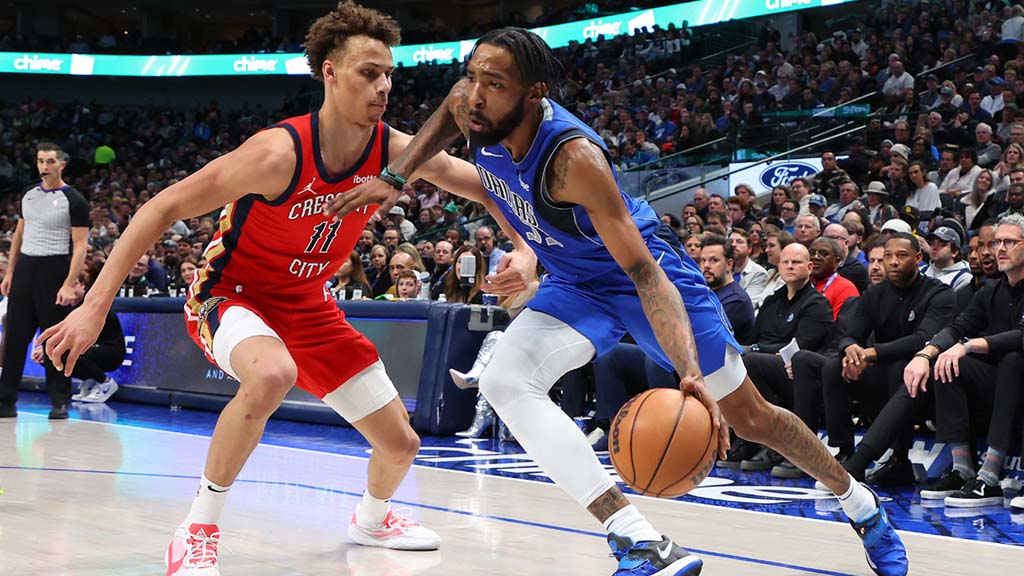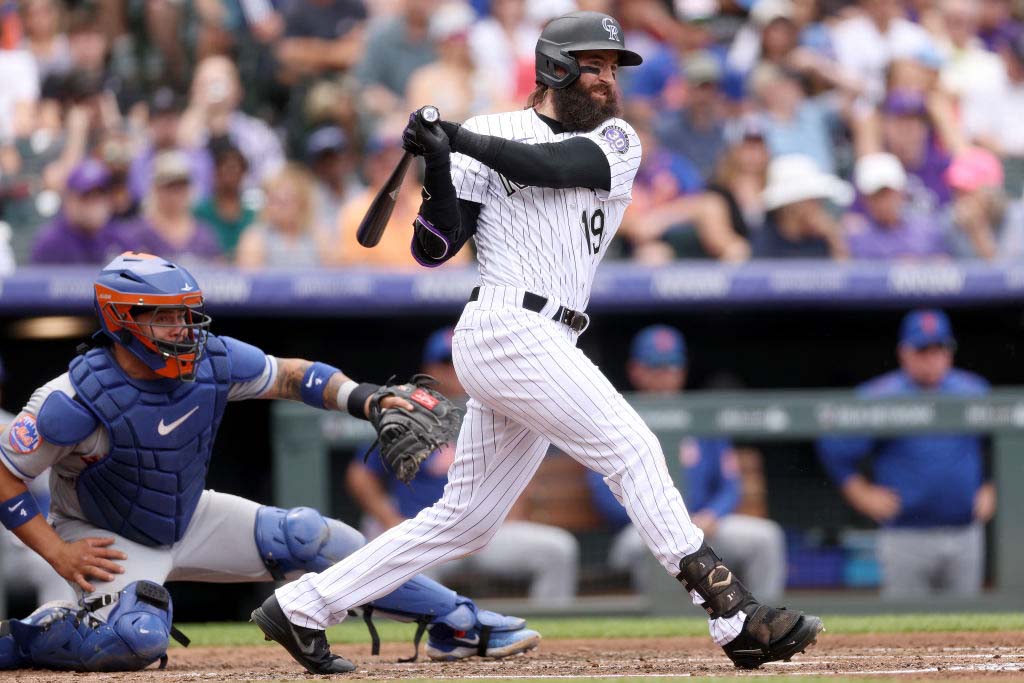
The implosion of the regional sports network business has allowed local broadcasters to step into the breach with live local pro-sports telecasts. The question now is: Can stations keep and even grow their sports stature, or will they get stuck on the bench once direct-to-consumer operations hit their stride?
The bankruptcy plight of Diamond Sports Group and its lineup of Bally Sports-branded regional sports networks — as well as Warner Bros. Discovery’s 2023 decision to walk away from its regional sports networks in Denver, Houston, Pittsburgh and Seattle — opened the door for several major-market stations to distribute games over the air that for decades had been available only to pay TV subscribers.
Yet as the RSN business shakes out and streaming becomes a more viable revenue-generating distribution platform, it’s unclear if the current momentum for over-the-air local sports telecasts is sustainable or short-lived.
“Broadcast right now is a near-term solution for the teams, but eventually sports will follow the money and play on the most lucrative platforms,” television analyst John Mansell said.
Lineup Shifts
In the past year, several pro sports teams have moved their in-market games from regional sports networks to broadcast stations, providing a wide and broad television audience for valuable live sports programming. Much of that was due to the March 2023 Diamond Sports Group bankruptcy filing, which allowed Sinclair-owned RSN subsidiary to renegotiate some rights deals in an effort to salvage a viable business model.
The most recent movement has come from NBA teams taking advantage of the Diamond Sports Group bankruptcy filing by purchasing games on the back end of the 2023-24 NBA regular-season schedule:
• The Milwaukee Bucks in February teamed with Tegna and Weigel Broadcasting to air 10 games on a group of stations including WMLW Milwaukee and WISC Madison. “Over-the-air is an easy and affordable way for Bucks fans to watch our games, and we’re excited to work with Weigel and broadcasters like Tegna to make them widely available,” Milwaukee Bucks president Peter Feigin said in a statement.
• Tegna in January also partnered with the Dallas Mavericks to air 10 games on WFAA in March and April. “Providing access to games has always been our top priority,” Dallas Mavericks CEO Cynt Marshall said at the time of the deal. “We are thrilled to work with WFAA.”
• Gray Television-owned WVUE in New Orleans, along with 10 other Gray stations in Alabama, Louisiana and Mississippi, is currently airing 10 New Orleans Pelicans games under a distribution deal reached in January. “The Pelicans welcome the opportunity to partner with Gray Television in this 10-game deal that will provide over-the-air viewing access to Pelicans games for more than 3 million households and over seven million people across the Gulf South region,” New Orleans Pelicans president Dennis Lauscha said in a statement.
• Gray TV also teamed with the Cleveland Cavaliers to air five games on local station WUAB. Cavaliers CEO Nic Barlage told NBA.com at the time of the deal that the partnership allowed the team to “test out a new model of distribution” that could reach more fans across its local footprint.
Those teams joined the Phoenix Suns and the Utah Jazz, which have been using broadcast stations as their primary local TV outlets since the season began.
The Suns and the WNBA’s Phoenix Mercury reached distribution deals with Gray Television in mid-2023 after an agreement with Bally Sports Arizona expired. The Utah Jazz began airing games on Sinclair-owned KJZZ Salt Lake City in October, after the team’s deal with the now-shuttered RSN AT&T SportsNet Rocky Mountain expired. There’s also a Jazz Plus streaming service that offers access to every game for $125 per year.
It’s not just NBA teams moving to local broadcast. The Vegas Golden Knights of the NHL last summer inked a deal with E.W. Scripps to air games on KMCC Las Vegas and other stations in its TV territory during 2023-24. The Golden Knights also had a local TV deal with AT&T SportsNet Rocky Mountain.

Sports analyst Lee Berke said he believes the regional sports network business will continue to melt down.
“The traditional [regional sports network] model is failing — companies are in bankruptcy, and the rest are facing a substantial drop off in pay TV penetration from 8% to 12% a year,” he said. “When you have a network model that’s dependent in large part on affiliate fees, then these networks are suffering. As a result you’re going to see more reduced RSNs and shutdowns in the offering.”
Even as Diamond fights its way out of bankruptcy, Berke said RSNs will increasingly be pushed onto pay tiers as MVPDs look to generate more revenue for high-priced sports channels from fewer subscribers. He pointed to two recent moves by Comcast — it moved MASN, local TV home of baseball’s Baltimore Orioles and Washington Nationals, and SportsNet Pittsburgh, local rightsholder for MLB’s Pirates and the NHL’s Penguins, from basic to premium tiers.
Such moves leave broadcast as an attractive option for teams looking to maximize their television reach. “There are two main categories that still generate substantial audiences and substantial profitability [on broadcast stations], and that is news and sports,” Berke said. “News is certainly maxing out, so I think you’re seeing more sports on broadcast right now, and I think those trends are going to continue.”
But not all industry observers are betting on a resurgence of local pro sports on broadcast TV. While some teams have turned to over-the-air for a select number of games, Mansell doesn’t see a mass migration of local rights back to stations, especially given the continued movement of viewers from linear television to streaming services.
Mansell, a former senior analyst at Paul Kagan Associates, added that the lure of offering fans a subscription streaming service in local markets would be difficult to turn down as viewership continues to migrate from linear to digital platforms.
“I think the more likely scenario is a streaming venture, potentially with Amazon or another company and the leagues,” he said. “When you look at how much money the Googles, Amazons and Facebooks have compared to any given cable operator or station owner, it pales in comparison. Sports rights are going to go where the money is.”
Baseball’s DTC Play
Indeed, Major League Baseball will offer local-market games of the San Diego Padres, Colorado Rockies and Arizona Diamondbacks on a subscription direct-to-consumer streaming basis in 2024 as it looks to create a league-owned in-market DTC platform in 2025. Baseball already offers such a product to out-of-market viewers in MLB.tv.
MLB commissioner Rob Manfred said in February during team owner meetings in Orlando, Florida, that he needs more than half of the MLB’s 30 clubs to make the service work.
And Amazon will invest $115 million in Diamond Sports Group’s financial restructuring in an effort to set itself up to potentially gain streaming rights to live games in local markets.

Mansell also pointed to the flexibility that the digital platforms can provide, including alternative feeds, player cameras and sports betting-themed feeds that would complement the telecasts.
Berke acknowledged the revenue potential of streaming services, but believes teams will want to combine local telecasts with streaming options to give fans the ability to view the games on multiple platforms. Teams such as the Phoenix Suns offer both local game broadcasts for free as well as via the Suns Live direct-to-consumer streaming platform for $14.99 per month, he noted.
“It’s a revamped approach to how these games are being distributed — you have increased viewership and increased value for your ad inventory with the [broadcast] business model,” Berke said. “Then you add streaming in to maintain your revenue growth and the value of the franchise going forward.”






